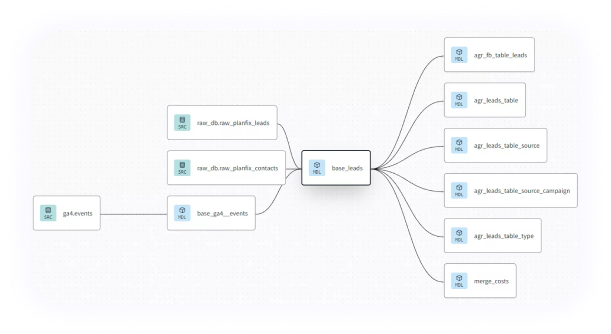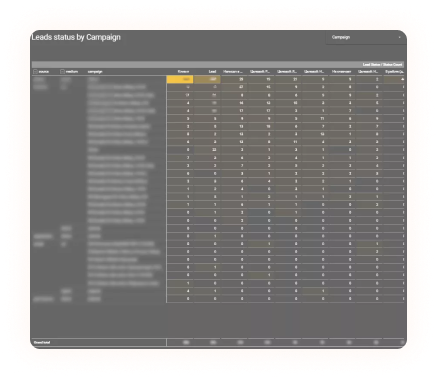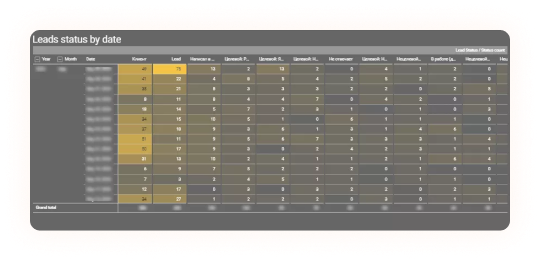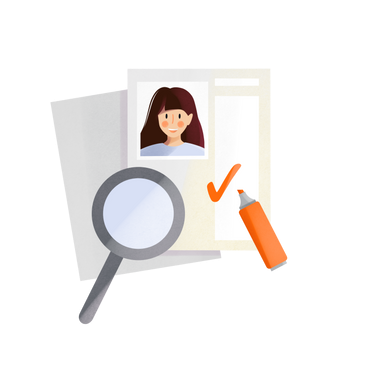Who is Our Partner
A leading employment agency specializing in recruiting personnel from Ukraine and Eastern Europe for companies in Poland and the EU. The agency helps find workers for various industries, including manufacturing, logistics, and agriculture.










